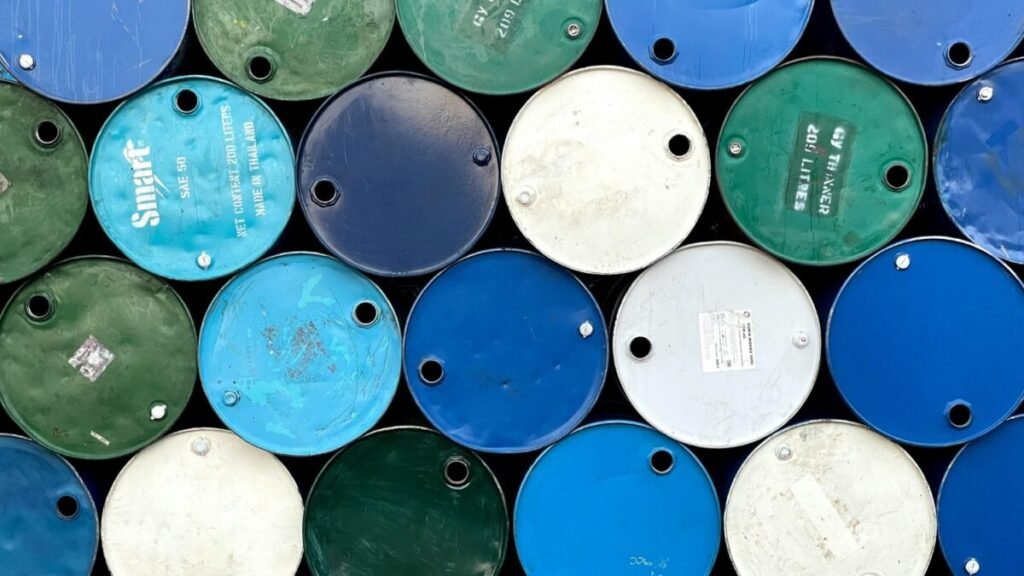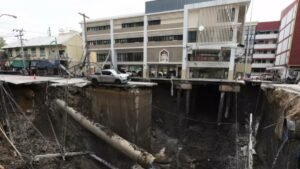“Only 1.3% of nuclear waste from the Atlantic trench found near Galicia: Official states uncertainty regarding a solution”

For decades, various European countries deposited radioactive waste in the seabed of the North Atlantic, a practice that now raises great environmental concerns. The Atlantic Trench, located about 600 kilometers off the coast of Galicia, was the final destination for over 220,000 radioactive barrels dumped between 1949 and 1982 by countries such as France, the United Kingdom, Germany, and Belgium. This amounts to about 142,000 tons of waste. Back then, due to the lack of definitive solutions for managing these residues, the powers opted to bury them under the sea, away from public scrutiny. However, the consequences are starting to emerge, quite literally.
### A Hidden Legacy Under the Sea

The Atlantic Trench served as a dump for almost forty years, where European countries disposed of radioactive materials with little to no international supervision. Despite the definitive ban on this practice, the damage was already done. Organizations like Greenpeace warn that the degradation of the barrels over time could release contaminants into the marine environment. “This will get worse, the content will degrade, causing greater pollution,” warns Francisco del Pozo, spokesperson for Greenpeace Spain. Concerns are not unfounded. In the 1980s, Galician fishermen and activists brought attention to the problem by intercepting a Dutch ship dumping barrels into the sea. This action marked the beginning of the end of this practice in Europe, culminating in the signing of international agreements.
### What Can Be Done with the Detected Waste?

The new oceanographic expedition aims to accurately assess the state of the waste by collecting water, sediment, and organism samples from the seabed. Radars and sonars are also being used to map areas of barrel accumulation. The Spanish Nuclear Safety Council claims no significant radiation levels have been detected near Galicia. However, critics demand more thorough studies and a coordinated response from Brussels. For Greenpeace, the priority is clear: complete inventory and treating the problem as a top priority. Francisco del Pozo summarizes it as, “We must map out that entire area and take inventory. I couldn’t tell you if we have a solution. Removing them could be even more dangerous.”
### The Paradox of the Present: Residues of the Past with no Clear Solution
While the debate on what to do with the submerged waste continues, nuclear energy is experiencing a resurgence in Europe as an alternative to fossil fuels. However, the issue of waste disposal remains unresolved. Currently, radioactive material is stored in pools near the power plants, without a clear solution in sight. Javier Escartín, director of the expedition aboard the L’Atalante, tries to provide some reassurance: “The dumping area is in international waters, over 4,000 meters deep,” he stated. However, he warned that the definitive results of the samples won’t be available for several months. The future of the Atlantic remains shrouded in uncertainty. What seems clear is that this radioactive legacy, buried for decades, has resurfaced in the European debate.







